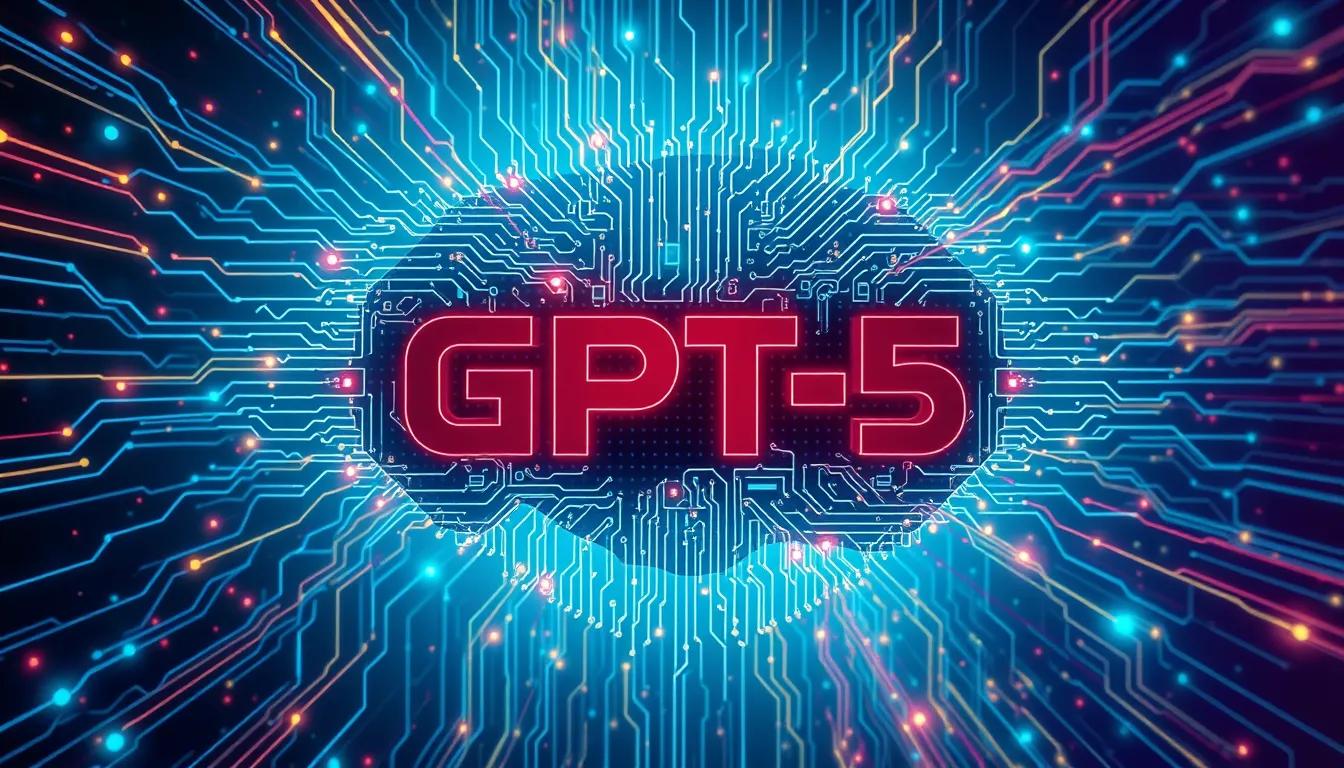September 26, 2024|10 min reading
AI Translation Glasses: Breaking Language Barriers with Augmented Reality

Imagine a world where you can seamlessly communicate with anyone, no matter what language they speak. That world is no longer a dream but a reality with the advent of AI translation glasses. These revolutionary glasses, powered by the latest artificial intelligence (AI) and augmented reality (AR) technologies, are designed to offer real-time language translation directly in front of your eyes, eliminating the language barrier once and for all.
By blending advanced AR capabilities with AI-driven language processing, these glasses are set to change the way we interact with the world. Whether you're traveling, conducting international business, or simply socializing with friends from different linguistic backgrounds, AI translation glasses promise to make communication smooth, instant, and intuitive.
The Evolution of AI Translation Glasses
The concept of AI translation isn't new, but the technology behind AI translation glasses represents a giant leap forward. Previous translation devices relied heavily on mobile apps or handheld gadgets, which often created a disconnect between the conversation and the technology. However, with the integration of AI translation into wearable tech like glasses, real-time translation feels more natural and immersive.
Instead of pulling out your phone or waiting for a device to process your speech, AI translation glasses work by projecting translated text onto the lenses of the glasses, almost as if the subtitles of a foreign language film are appearing in real life. The experience is both seamless and transformative, making communication across languages more fluid than ever before.
How Do AI Translation Glasses Work?
At the heart of AI translation glasses is a combination of real-time language processing and augmented reality. Here's a breakdown of how these components work together to offer instantaneous translation:
- Speech Recognition: The glasses use embedded microphones to capture the speech of both the user and the person they’re communicating with. Advanced speech recognition technology identifies the spoken words in real-time.
- AI Language Translation: Once the speech is captured, AI algorithms quickly translate the spoken words into the target language. Unlike traditional translation tools, the AI in these glasses is equipped to handle natural conversation, idiomatic expressions, and even regional dialects.
- AR Display: The translated text is then projected onto the lenses of the glasses in real-time. This allows users to see the translation as it happens without having to look away from the person they are speaking to, making the interaction more natural and immersive.
The user can speak in their native language, and the person they are talking to will see a translation on their own set of glasses, creating a bi-directional conversation where both parties can comfortably speak and understand one another.
Use Cases: Revolutionizing Global Communication
AI translation glasses have the potential to impact nearly every aspect of life where communication matters. Here are some key sectors where this technology will make a significant difference:
1. International Travel
Traveling to foreign countries can be daunting, especially when language is a barrier. With AI translation glasses, tourists can navigate unfamiliar territories, order food, ask for directions, and engage with locals without the fear of miscommunication. Language barriers are virtually eliminated, creating a more enjoyable and less stressful travel experience.
2. Business and Global Collaboration
In today's globalized world, businesses often operate across multiple countries and languages. AI translation glasses allow executives, negotiators, and team members to communicate effectively during meetings without the need for an interpreter. These glasses can facilitate smoother collaborations, increase productivity, and ensure that nothing gets lost in translation during critical discussions.
3. Education and Learning
Students learning new languages can benefit greatly from AI translation glasses. By receiving real-time translations of lectures, reading materials, or conversations with native speakers, learners can engage more fully with the language and culture. Furthermore, this technology can be a game-changer for international students who are studying in countries where they do not speak the local language fluently.
4. Healthcare
In healthcare settings, clear communication between patients and medical professionals is essential. AI translation glasses can provide real-time translations during consultations, ensuring that doctors and nurses fully understand their patients' concerns and symptoms, regardless of language. This can be especially useful in emergency situations where time is of the essence, and misunderstandings can have dire consequences.
Meta’s Role in Advancing Translation Glasses Technology
Meta, formerly known as Facebook, is one of the major players driving the development of AI translation glasses. During a recent product showcase, Meta introduced their groundbreaking translation glasses technology as part of their Quest 3 series. These glasses not only integrate advanced AI translation capabilities but also leverage the immersive qualities of AR to create a seamless communication experience.
Meta's glasses work by pairing the AI translation system with holographic displays and eye-tracking technology, which allows users to focus on a specific person in a group setting and receive a real-time translation of what that person is saying. By utilizing Meta's extensive data processing power and natural language models, these glasses offer accurate and contextually relevant translations in real time.
Meta's collaboration with other tech giants like Microsoft to incorporate remote desktop functionality and virtual meeting rooms further emphasizes their commitment to creating an all-in-one device that revolutionizes both work and social communication. The integration of photorealistic environments, enhanced hand-tracking, and AI assistants also hints at a future where these glasses become more than just translation devices—they could become essential tools for everyday life.
The Future of AI Translation Glasses
AI translation glasses are still in their early stages, but the potential is immense. As technology continues to evolve, we can expect several improvements in the near future:
- More Languages and Dialects: While current models may support major global languages, future iterations will likely offer more niche languages and regional dialects, ensuring that no one is left behind.
- Improved Battery Life: Wearable tech often faces limitations in terms of battery life. Future developments may focus on extending the longevity of the device so that it can last for long conversations or all-day wear without needing frequent recharges.
- Compact Designs: As with most tech, AI translation glasses are expected to become sleeker and more lightweight. The aim is to create glasses that look no different from regular eyewear, blending technology with style seamlessly.
- Enhanced AR Integration: As augmented reality advances, we may see more immersive ways for the glasses to display translated content, such as translating signs, menus, or other text in the environment directly onto the user's field of vision.
FAQs
What are AI translation glasses? AI translation glasses are wearable devices that offer real-time language translation by capturing spoken language, processing it through AI, and displaying the translation via augmented reality on the lenses.
How accurate is the translation with AI translation glasses? Current models offer high accuracy, especially for major global languages. However, accuracy can vary depending on factors such as speech clarity, dialects, and the complexity of the conversation.
Can AI translation glasses handle multiple languages simultaneously? Yes, some advanced models can process and translate conversations involving multiple languages, making them ideal for international group settings.
Are AI translation glasses available for purchase? Meta's Quest 3 AI translation glasses are among the latest available on the market, with other companies also developing similar technology. Availability may vary by region.
Do AI translation glasses require an internet connection? While some functionalities may work offline, real-time translation typically requires an internet connection to access up-to-date language processing and AI models.
What other features do AI translation glasses offer? In addition to translation, AI glasses often include AR displays for gaming, productivity tools, social media integration, and more, making them versatile devices for both work and leisure.
In conclusion, AI translation glasses represent the next frontier in breaking down language barriers. As this technology continues to evolve, it will not only make global communication easier but also enhance our ability to engage with the world in entirely new ways. Keep an eye on Meta and other innovators as they push the boundaries of what's possible with AI and augmented reality, promising an exciting future where the world truly speaks with one voice.
Tools referenced
Explore more

NVIDIA and Japan: Driving the AI Revolution in Industry
Explore NVIDIA's role in Japan’s AI revolution, from AI agents to robotics, reshaping industries and powering innovation...

Everything You Need to Know About GPT-5: The Future of AI
Discover everything about GPT-5, the future of AI, its advancements, and its groundbreaking impact on natural language p...

Cerebras Inference: Revolutionizing AI with Unprecedented Speed and Cost Efficiency
Discover how Cerebras Inference offers the world’s fastest AI inference solution, 20x faster than GPUs, revolutionizing ...

